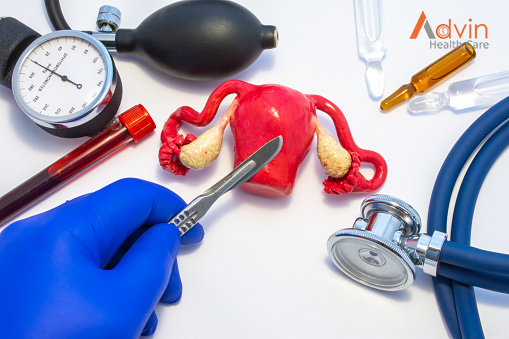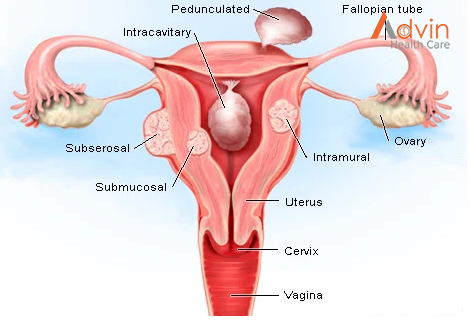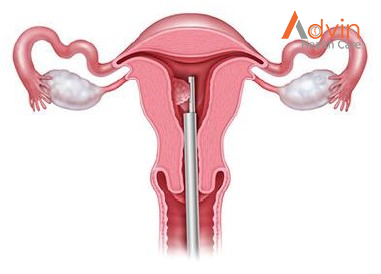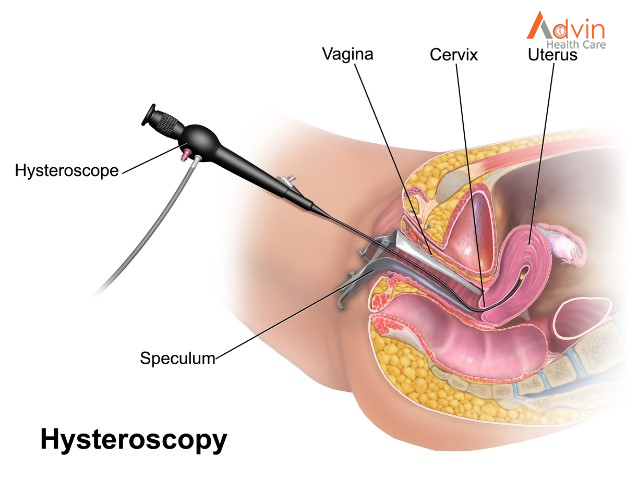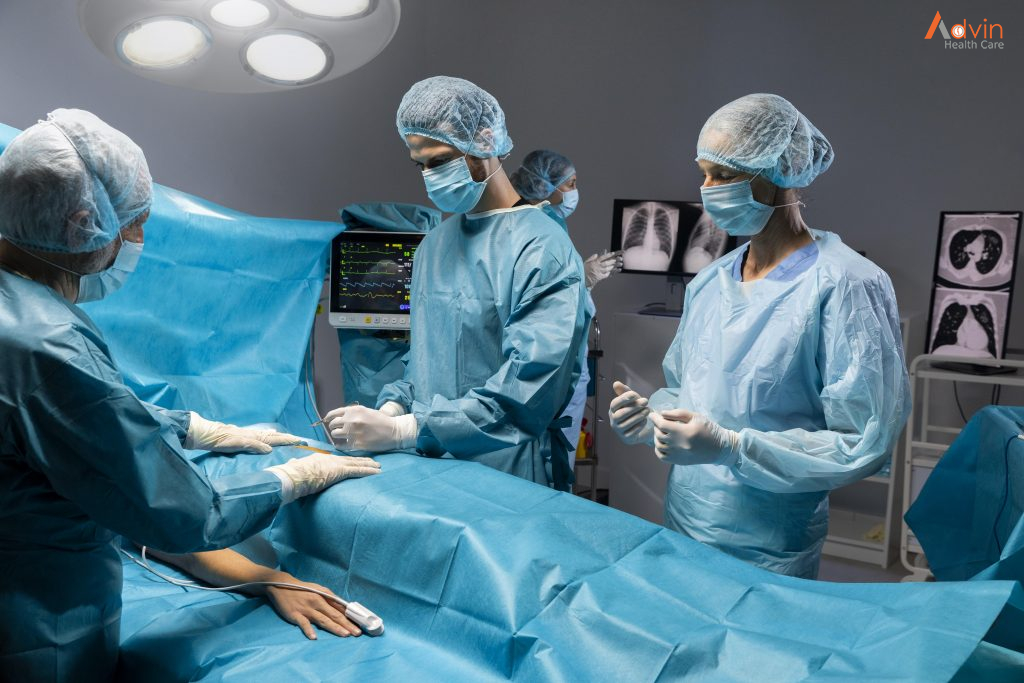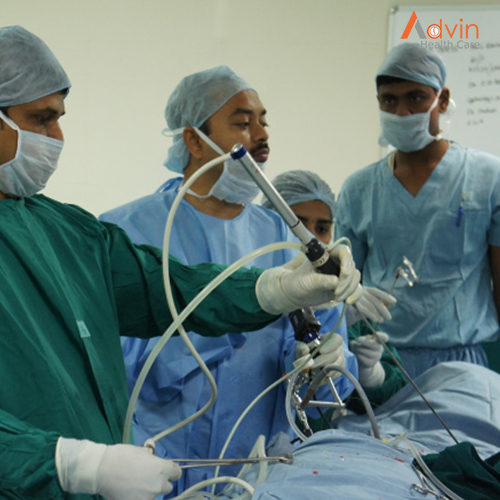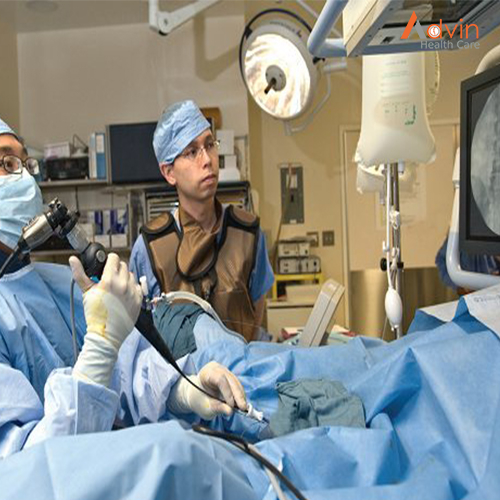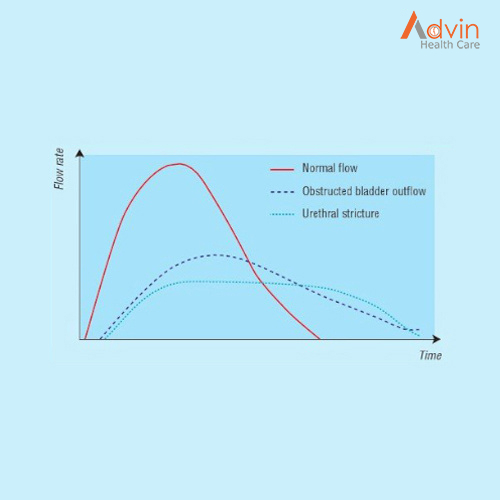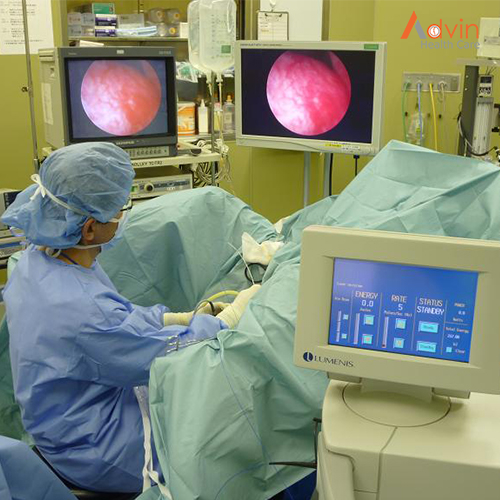What is labiaplasty?
Labiaplasty is a surgical procedure to reduce or increase the size of your labia. The surgery is done to improve the appearance of your labia, to reduce physical discomfort or as part of gender-affirming surgery.
Your labia are the folds of skin around your vagina opening. You have two folds of skin. The outer folds are called the labia majora, which means large lips. These folds are the larger fleshy folds that protect your external genital organs and are covered with pubic hair after puberty. The inner folds are called the labia minora, which means small lips. These skin folds protect the opening of your urethra (where your pee leaves your body) and vagina.
During a labiaplasty and depending on why it’s being done, your surgeon either:
- Removes some tissue from the labia to reduce its size.
- Injects a filler material or fat into the labia to enlarge it.
- Reconstructs a labia from other tissue.
Labiaplasty procedures
Initially, there was a single procedure for labiaplasty, and it was very popular as well. With the change of time and advancement in techniques, several techniques have evolved. Some of them are as follows:
Trim procedure
It is the original technique and is most natural to perform. It is also the most widely used technique used by surgeons. In this procedure, the excess part of labia minora is removed and sutured so that it is symmetrical with the labia majora.
Wedge procedure
In this procedure, a partial thickness wedge is removed from the thickest part of the labia minora. The submucosa (layer tissue beneath a mucous membrane) must be left intact by removing only a partial thickness. This procedure gives the vagina a natural look after the surgery as well, preserving the wrinkled edges.
There are several other techniques for reducing the labia minora, and all these techniques have certain advantages and disadvantages. If you are considering a labiaplasty, the key to ensure appropriate outcomes is to make sure you are going to a board-certified plastic surgeon that specializes in this procedure.
Benefits of labiaplasty
Reduced Discomfort
Discomfort from excessively large or uneven labia can be physical or psychological. Labiaplasty eliminates chafing, tugging and twisting, but also reduces embarrassment and self-consciousness, making daily activities more enjoyable on several levels.
Improved Sexual Pleasure
Labiaplasty can reduce instances of the vaginal lips getting caught, stretched or otherwise interfering with sexual intercourse. Pleasure may also be made more accessible by reducing excess skin around the clitoral hood.
Greater Comfort While Exercising
Large or uneven labia can interfere with running, cycling and other physical activities. Exposed tissue can get chaffed, pinched, pulled and twisted. Labiaplasty makes exercise more comfortable, which can lead to improvements in health and happiness.
Improved Clothing Fit
Embarrassment or physical discomfort can make wearing swimsuits, yoga pants and other tight-fitting bottoms stressful. Labiaplasty can reduce chafing and uncomfortable pressure that occurs when wearing tight clothing.
Improved Hygiene
Excess tissue can make hygiene more cumbersome than it needs to be.
More Youthful Appearance
Hormonal changes may cause the labia to sag, even before the rest of the body shows the signs of aging. Labiaplasty is an excellent rejuvenating procedure that creates a youthful appearance.


